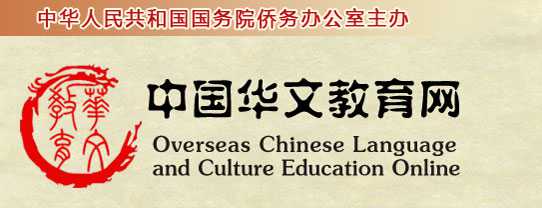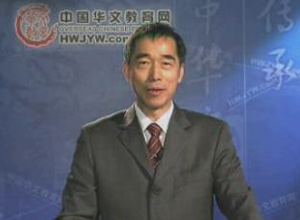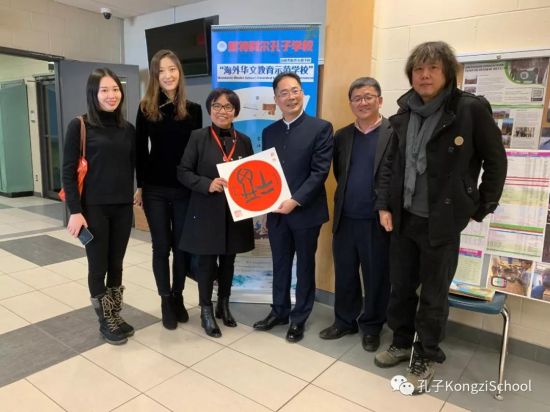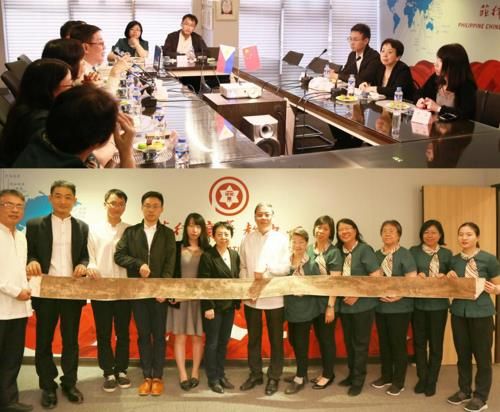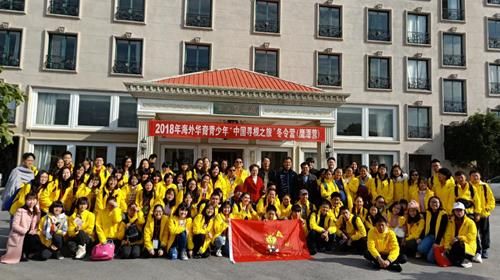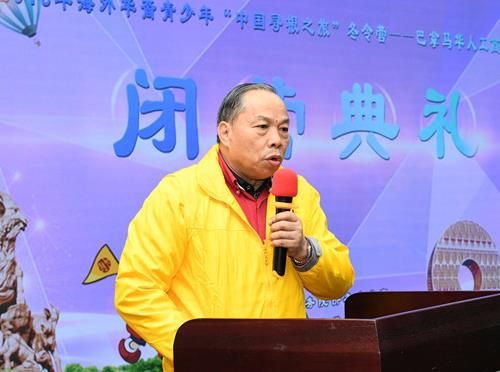|
黄道婆改革纺织术 Huang Daopo Innovating Textile Technique
2009年09月03日 09:21
黄道婆改革纺织术 黄道婆生活在宋末元初,是松江乌泥泾人。她年轻时因为受不了公婆的虐待,离开家乡流落到海南岛。海南岛盛产棉花,那里的黎族同胞很早就从事棉纺织业。黄道婆和黎族姐妹一起生活,结下了深厚的友谊,也学到了一整套种植和纺织棉花技术。 30年后,两鬓斑白的黄道婆回到家乡。她把在海南岛学会的纺织技术教给松江的兄弟姐妹,同时还推广和改进了很多纺织机械,大大提高了劳动效率。她改进了弹棉花的弹弓,并成功地制成了当时世界上最先进的纺纱工具——三锭脚踏纺棉车;她还把黎族先进的纺织技术和汉族传统的织造工艺结合在一起,织成了配有各种图案的被褥等物品,被人们称为“乌泥泾被”。 黄道婆逝世后,当地人民把她安葬在乌泥泾镇旁,还编了歌谣来纪念这位平凡而伟大的古代巧妇。这首广为流传的歌谣是:“黄婆婆,黄婆婆,教我纱,教我布,两只筒子两匹布。” Huang Daopo of late Song Dynasty (960-1279 AD) and early Yuan Dynasty (1271-1368 AD) was from Wunijing of Songjiang. Since she could not bear her parents-in-law when she was young, she left her hometown and wandered to Hainan Island. The area is abundant in cotton, and the Yi people there had started a textile industry long ago. Huang Daopo lived with Yi women and learnt from them the techniques of planting and spinning and weaving cotton. Now gray at the temples, Huang Daopo came back to her hometown 30 years later. She taught people in Songjiang the textile technique she had learnt in Hainan. At the same time she also popularized and innovated textile machines that greatly increased efficiency. She improved on the cotton fluffer and successively made the most advanced textile tool of the time, a pedal spinning wheel with three spindles. Combining the advanced textile technique of the Yi ethnic group with the traditional weaving techniques of the Han ethnic group, she also produced textiles such as bedding with various patterns called "Wunijing Bedding". After Huang Daopo died, local people buried her near Wunijing Town, and also compiled a ballad to commemorate this ordinary but also great ancient clever woman. The popular ballad is as follows: "Granny Huang, Granny Huang, teach me spinning, teach me weaving, two spindles and two bolts of cloth."
【来源:中国华文教育网】
|
|
